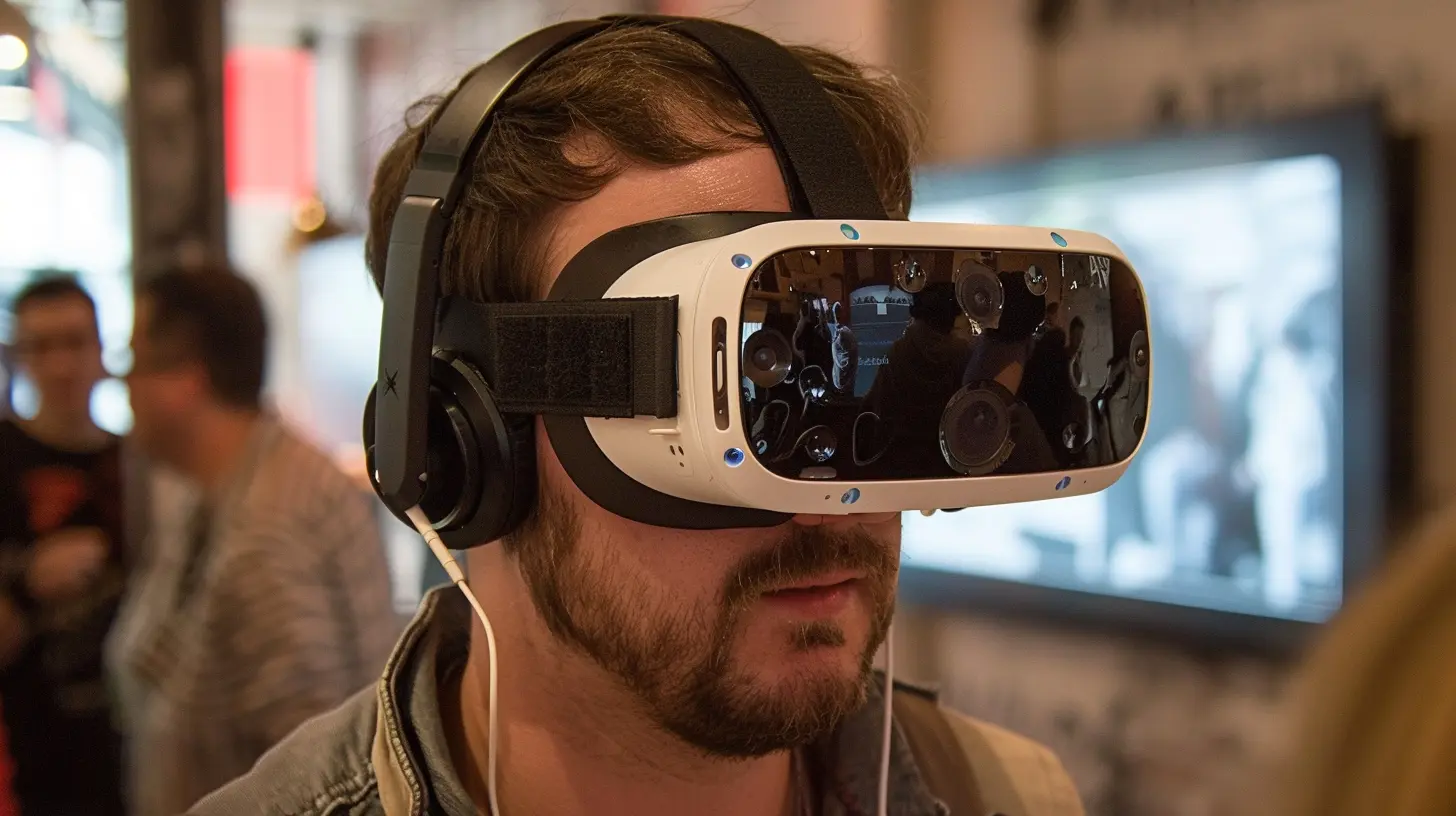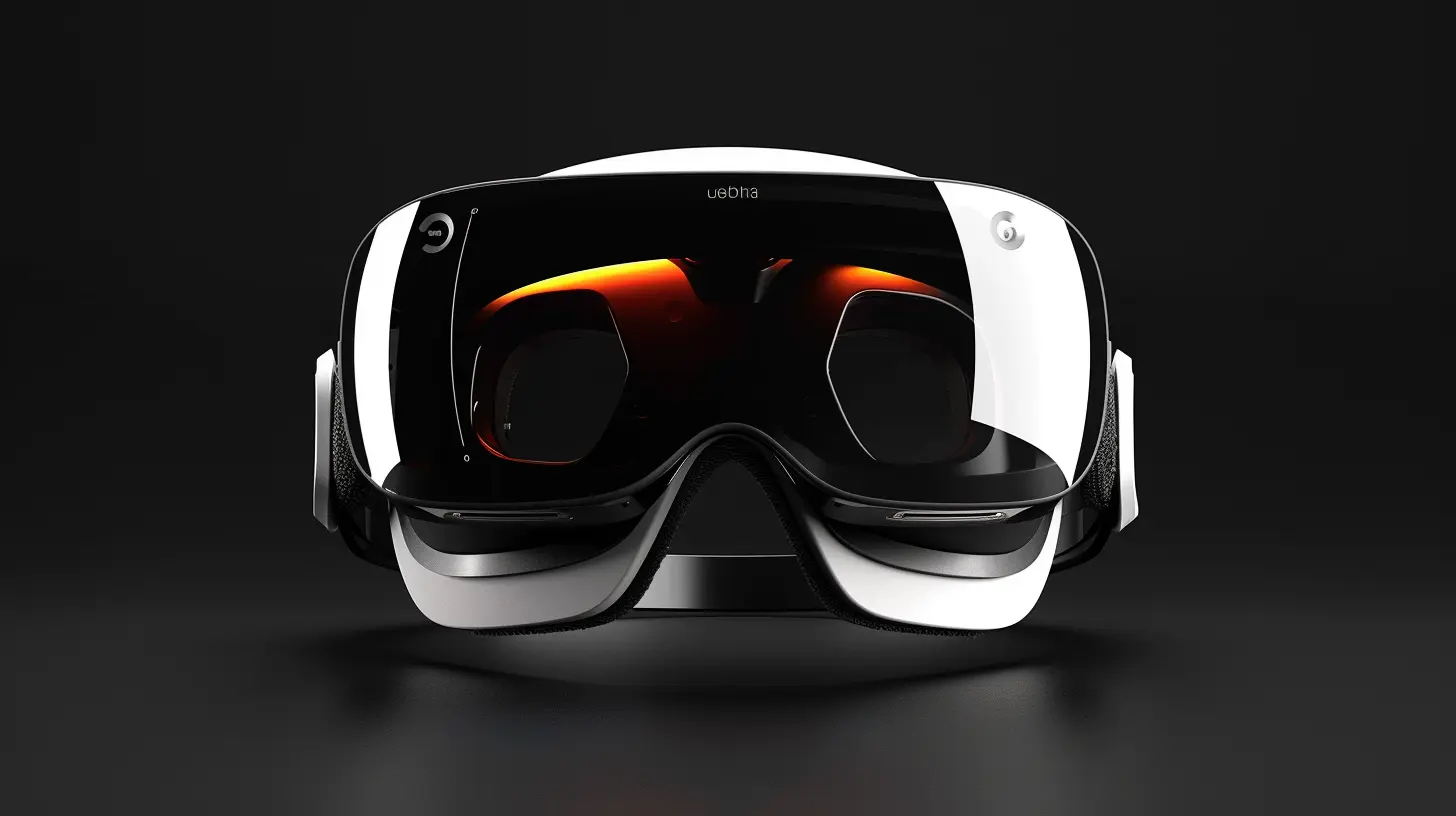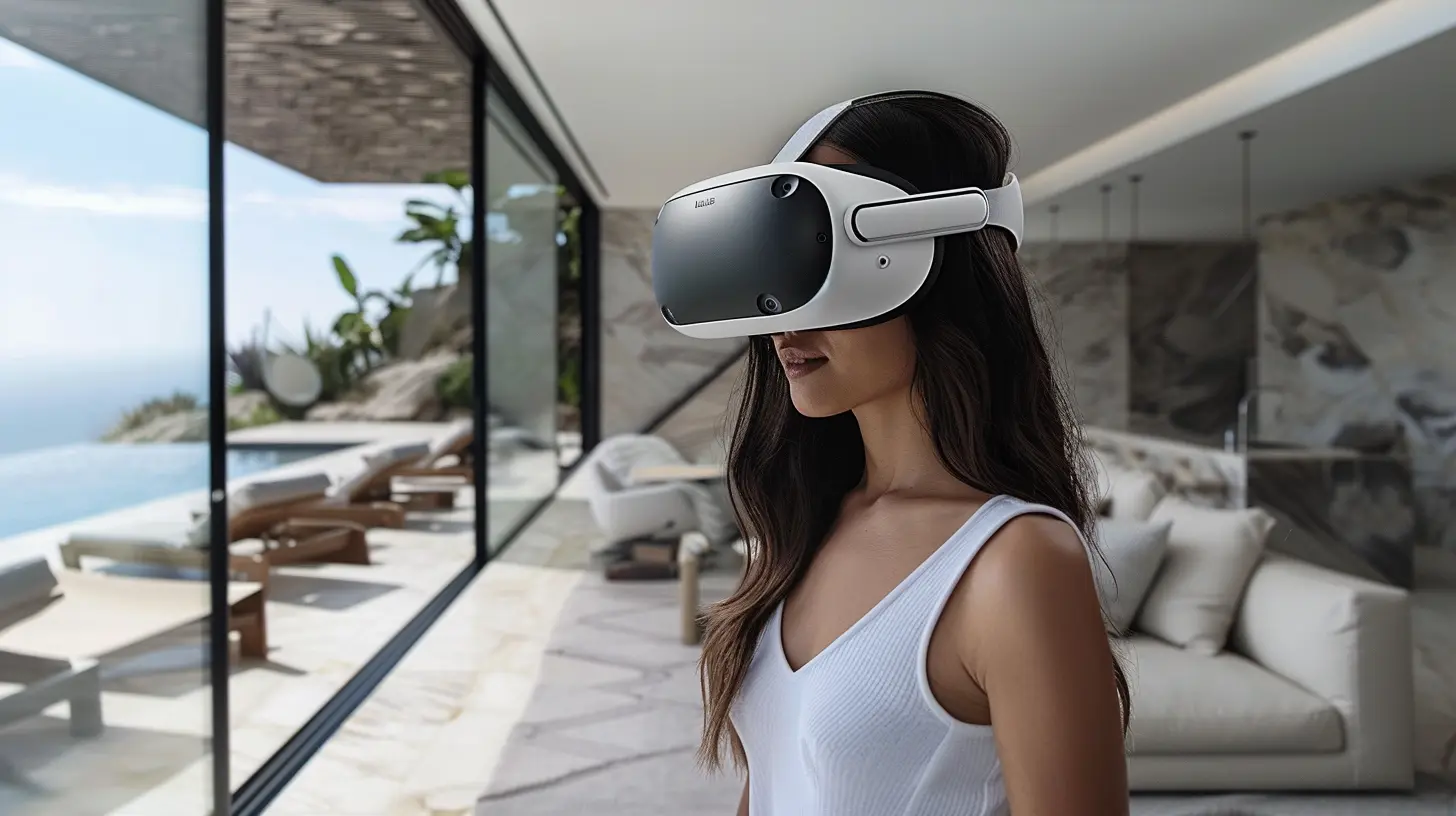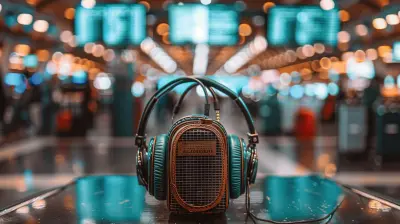How Virtual Reality is Revolutionizing Product Design and Prototyping
26 September 2025
When you hear "virtual reality," your mind probably jumps straight to gaming, sci-fi movies, or maybe even someone bumping into their furniture while wearing a headset. And hey, that's fair. But what if I told you that VR is doing much more than helping gamers slay dragons or dodge bullets? What if I told you it's completely changing the game in product design and prototyping?
No, seriously. Virtual reality has sneakily wormed its way into design studios, engineering labs, and creative hubs, and it’s flipping the design process on its head—in the best way possible. Buckle up, because we’re diving into how virtual reality is revolutionizing the way we design and prototype products. It's a wild, pixel-packed ride.
Table of Contents
1. What’s the Big Deal With Virtual Reality Anyway?2. The Old-School Way: Traditional Product Design and Its Roadblocks
3. Enter VR: A Whole New Dimension of Creativity
4. Getting Hands-On: Prototyping in a Virtual World
5. Real-World Applications That’ll Blow Your Mind
6. Benefits of VR-Powered Product Design (Other Than Looking Cool)
7. Challenges? Sure. Every Superpower Has Its Kryptonite
8. Future of VR in Design? It's Just Getting Started
9. Final Thoughts: Ready Player Designer?

What’s the Big Deal With Virtual Reality Anyway?
Let’s start off simple here. At its core, virtual reality (VR) creates a simulated environment—like a digital wonderland—you can interact with in 3D using special headsets and controllers. Think of it as a teleportation device for your senses. You don’t just look at a design on a screen. You step into it. You walk around it. You tweak it like you're sculpting clay.Sounds futuristic, right? But it's happening now. And in the world of product design, where tiny details can mean the difference between a product that flops and one that flies off shelves, VR brings a crystal-clear window into the world of precision, creativity, and speed.
The Old-School Way: Traditional Product Design and Its Roadblocks
Before VR, the product design process looked something like this:1. Sketches on paper or software.
2. 2D or 3D renderings.
3. Physical prototypes (which take forever and cost a fortune).
4. Test. Redesign. Repeat. Again. And again. And again...
Sure, it worked. But it was clunky, time-consuming, and—let’s be honest—prone to a lot of "Oh no, we missed that completely" moments. Not to mention the gazillions of dollars pouring into physical prototypes, test models, and redesign cycles.
Also, communication between teams? A hot mess. Designers talked one language, engineers another, and marketing waved their arms hoping someone would hear them from the back of the room.
Enter VR: A Whole New Dimension of Creativity
Here’s where things get juicy. With VR, design teams don’t have to wait weeks to see how a product feels or looks. They can jump into a virtual mock-up on day one. The moment inspiration strikes, they’re building immersive 3D models they can walk through. Literally.Need to see how a chair fits into a room before making it? Pop on a headset.
Want to feel the size of your new gadget in your hand before sending it to the factory? Load it up in VR.
It’s not just about seeing—it’s about experiencing. Designers now interact with their creations like sculptors, pushing and pulling, editing and adjusting in real time.
Getting Hands-On: Prototyping in a Virtual World
Now, this is where VR really flexes its muscles. Prototyping is one of the most expensive and essential parts of product development. Messing up a prototype means delays, extra costs, and sometimes outright failure.VR changes the game by letting designers create virtual prototypes that behave just like real ones. You can:
- Simulate materials and behaviors
- Spot flaws instantly
- Test ergonomics and usability with full-body avatars
- Run simulations that would otherwise be impossible outside of a lab
All this, without spending a dime on physical resources. You could say it's like trying on outfits in a magical mirror instead of spending hours in a fitting room.
Real-World Applications That’ll Blow Your Mind
We’re not living in a demo video. This stuff is happening across industries.🏎️ Automotive Design
Companies like Ford and BMW are using VR to design entire cars—down to the last stitch on the steering wheel. Engineers walk around the vehicle, pop the hood, and sit in the driver’s seat months before a physical prototype is made.🛋️ Furniture & Home Products
IKEA has VR apps where you can walk around your dream kitchen before buying a single spoon. Furniture designers can test sizes, colors, and layouts in simulated homes that feel more real than your actual apartment.🧪 Medical Devices
Creating new surgical tools? VR lets medical designers test them in virtual surgeries, making adjustments in real time based on real feedback from doctors. No blood, no mess, just pure design magic.🧠 Tech Gadgets
Got an idea for a next-gen smartwatch? Designers can build and wear virtual versions to test interactions, buttons, screen sizes, and feel. What used to take weeks (and big bucks), now takes hours.Benefits of VR-Powered Product Design (Other Than Looking Cool)
Okay, okay—we get it, VR looks rad in a sleek headset commercial. But beyond the glitz and glamor, it offers some rock-solid perks that can’t be beat.1. Insane Speed
Ideas become models immediately. No long wait times for renders or mock-ups.2. Cost-Effective
Fewer physical prototypes = more money in the bank.3. Improved Collaboration
Remote teams? No problem. Designers across the world can meet in the same virtual room and work together like they’re in the same studio.4. Fewer Mistakes
Spotting design flaws early is like catching a typo before you hit “send” on an important email. VR gives you that power.5. Happy Clients
Clients can experience their future product in 3D. No guessing, no confusion—just crystal-clear understanding and buy-in.Challenges? Sure. Every Superpower Has Its Kryptonite
It’s not all unicorns and immersive daydreams. VR still has a few hurdles to jump:- Hardware Costs: High-end VR gear isn’t cheap. Smaller companies might feel the pinch.
- Training Curve: Not everyone knows how to navigate a digital world like a gamer. Some designers need time to get up to speed.
- Integration Issues: Blending VR tools with existing design software can be tricky or require custom setups.
- Motion Sickness: Yep, some users still get a bit woozy. VR’s not for everyone—at least, not yet.
But let’s be real: These are growing pains. Every major tech revolution had them. Remember when the internet made that screechy dial-up sound and took five minutes to load a webpage? Look at us now.
Future of VR in Design? It's Just Getting Started
We’re still in the early innings of what VR can do for product design. In the future, we’ll likely see:- AI-powered VR design systems that auto-adjust models based on user interaction.
- Haptic feedback suits to feel textures and pressure points in virtual prototypes.
- Cloud-based collaboration spaces where teams co-design in real time—think Google Docs, but for 3D models.
- Brain-computer interfaces (BCIs), allowing you to think a design into existence (okay, maybe that one’s a few years off... but wouldn't it be wild?).
Final Thoughts: Ready Player Designer?
If you're a product designer, engineer, or just someone who doodles ideas in the margins of your notebook, it's time to lean into virtual reality. We're not talking about replacing humans with robots. We're talking about giving designers a superpower—a new playground where creativity meets precision, all without the limits of physical space or materials.Virtual reality isn't just the future of gaming. It's the future of creating. And it’s not tomorrow—it’s right now.
So, what are you waiting for? Power up your VR headset, and start building something AWESOME.
all images in this post were generated using AI tools
Category:
Virtual RealityAuthor:

Michael Robinson
Discussion
rate this article
1 comments
Nico McDowney
Exciting developments for innovative designers!
September 27, 2025 at 3:22 AM

Michael Robinson
Thank you! It's an exciting time for designers as VR opens up new possibilities in product design and prototyping!


